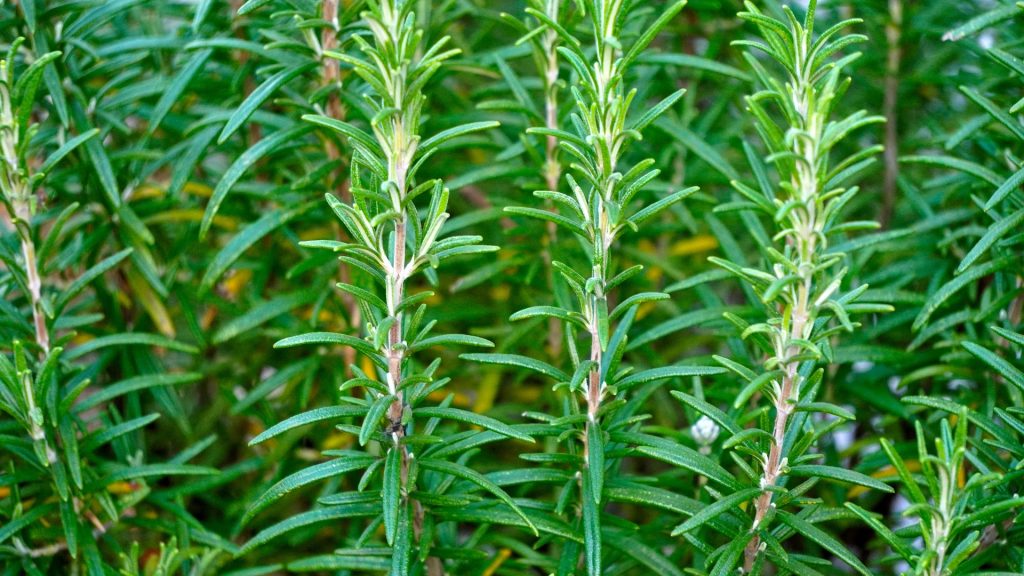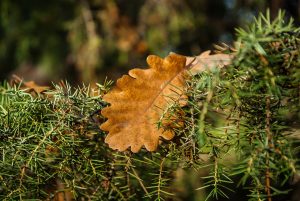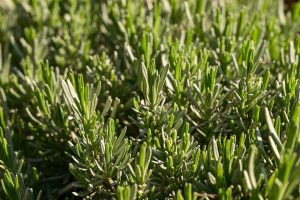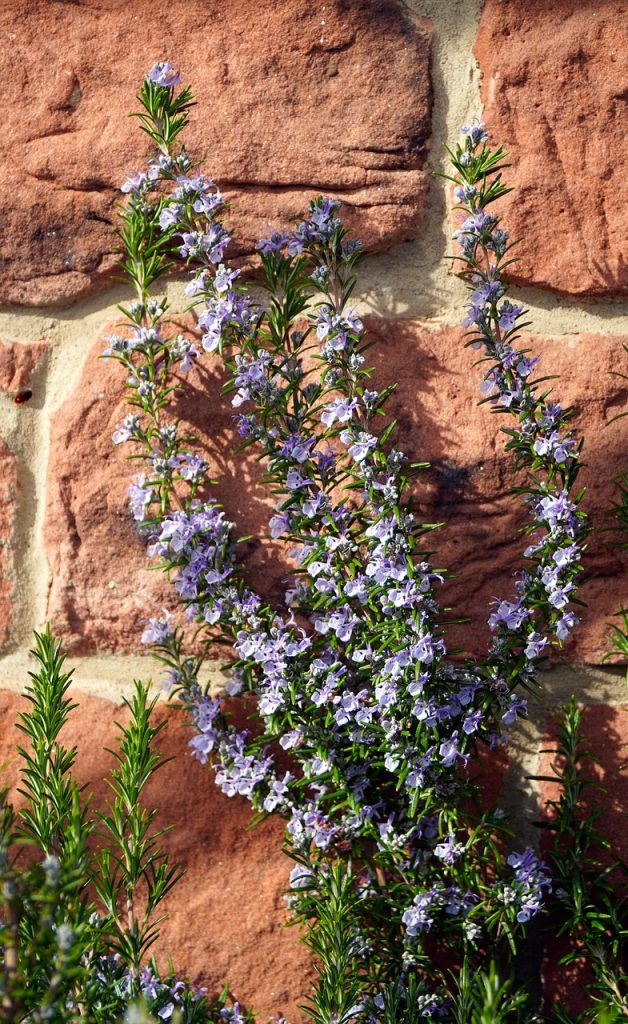Rosemary (Salvia rosmarinus) is a fragrant, evergreen shrub native to the Mediterranean region. It has needle-like leaves that are dark green on top and silver-white underneath, with a tough, leathery texture. The plant produces small, pale blue to white flowers, typically blooming in late spring or early summer. Rosemary is well-known for its aromatic qualities, commonly used in cooking as a culinary herb, and also has traditional medicinal uses. It’s drought-tolerant and thrives in sunny, well-drained conditions, making it a popular choice for gardens and landscaping in Mediterranean climates.

Scientific Classification of Rosemary
| Kingdom | Plantae |
| Clade | Tracheophytes |
| Clade | Angiospermae |
| Clade | Eudicotidae |
| Clade | Asterids |
| Order | Lamiales |
| Family | Lamiaceae |
| Genus | Salvia |
| Scientific Name | Salvia rosmarinus |


Quick Information
| Plant Type | Evergreen perennial shrub |
| Identification | Height: Typically grows 2-6 feet tall Leaves: Needle-like, aromatic, 1-4 cm long, dark green on top, white underside Stem: Woody stems with rough, brown bark Flowers: Small, two-lipped flowers, pale blue, pink, or white, blooming in clusters Roots: Fibrous root system Growth Habit: Upright or spreading |
| Distribution | Native to the Mediterranean region, widely cultivated in temperate climates worldwide |
| Habitat | Grows on dry, rocky slopes, often near the coast |
| USDA Hardiness Zone | 8 through 10 |
| Growth Rate | Moderate, grows around 12-18 inches per year |
| Lifespan | Long-lived, up to 20 years under ideal conditions |
| Growing Conditions | Sunlight: Full sun (at least 6-8 hours of direct sunlight daily) Soil: Well-drained, sandy or loamy soil; tolerates poor soil conditions Water: Drought-tolerant, requires minimal watering once established |
| Drought Tolerance | High |
| Diseases | Susceptible to root rot in poorly drained soil; powdery mildew can occur in humid conditions |
| Pests | Few pests, but may encounter aphids, spider mites, and whiteflies |
| Reproductive System | Hermaphroditic flowers (both male and female parts in the same flower) |
| Propagation | Through seeds, stem cuttings, or layering |
| Wildlife Value | Attracts pollinators like bees and butterflies; deer-resistant |
| Uses | Culinary herb (used fresh or dried); aromatic for essential oils, soaps, and perfumes; medicinal uses (antioxidant, anti-inflammatory properties) |
| IUCN Conservation Status | Not evaluated, but widely cultivated and not considered at risk |

Interesting facts
Symbol of Remembrance:
- In ancient Greece and Rome, rosemary was associated with memory and was often used in funerals and weddings. Students in ancient Greece would wear rosemary garlands while studying to improve their memory. Even today, rosemary is sometimes used in ceremonies of remembrance, symbolizing loyalty and remembrance of loved ones.
Cultural Significance:
- In many cultures, rosemary is considered a symbol of protection. During the Middle Ages, it was often hung in doorways or burned as incense to ward off evil spirits and protect against the plague.
Historical Legend:
- According to legend, rosemary bushes can grow to the height of a person (around 6 feet) unless they are in the garden of a household where the woman is the head of the house. In that case, they can grow even taller!
In Art and Literature:
- Rosemary has been referenced in various works of literature and art. For example, in Shakespeare’s “Hamlet,” Ophelia says, “There’s rosemary, that’s for remembrance,” highlighting its association with memory and fidelity.
